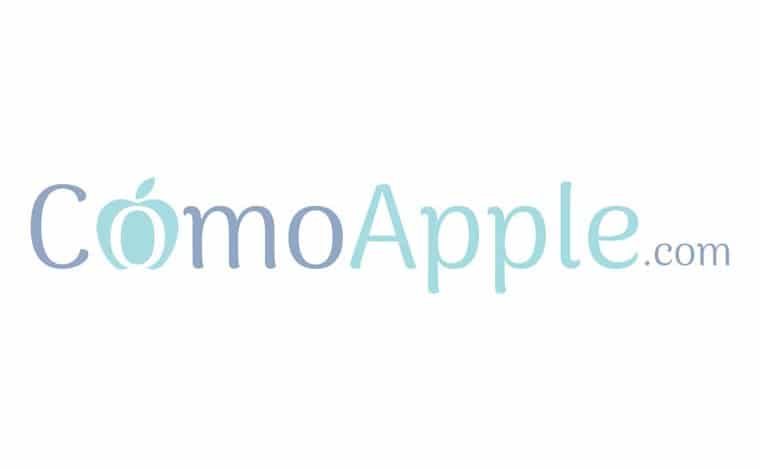
Restart your Mac while holding down the Command + R keys to enter Recovery Mode. When the Utilities screen appears, go the Utilities menu bar, and select “Firmware Password Utility”. Choose to turn the Firmware Password off.
In regards to, how do I turn off EFI lock on MacBook?
- Start up from macOS Recovery.
- When the utilities window appears, click Utilities in the menu bar, then choose Startup Security Utility or Firmware Password Utility.
- Click Turn Off Firmware Password.
- Enter the firmware password again when prompted.
Subsequently, how do I reset my EFI password on MacBook pro?
- Reboot the Mac and hold down Command+R to enter recovery mode.
- At the Utilities screen, go to the Utilities menu bar item and choose “Firmware Password Utility”
- Select to turn the Firmware Password to OFF.
Additionally, what is EFI password on MacBook? A firmware password prevents users who don’t have the password from starting up from any internal or external storage device other than the startup disk you’ve selected. It also blocks the ability to use most startup key combinations.
Beside the above, what is EFI on Mac? EFI, which stands for Extensible Firmware Interface, bridges a Mac’s hardware, firmware, and operating system together to enable it to go from power-on to booting macOS. macOS High Sierra will be publicly released on the Mac App Store later today.Click the question mark next to the password field. If you don’t see a question mark , press and hold the power button until your Mac shuts down, then press the power button to restart your Mac. Click the arrow next to “reset it using your Apple ID.”
How do I find my firmware password on MacBook pro?
Easiest way is to hold down “alt” on startup. If you have a firmware password, it will display a padlock. For something as old as 10.9, you would need to (try to) boot to Recovery HD by holding down Command + R at boot. If you don’t get a firmware password prompt, then there’s no firmware password.
How do I reinstall OSX without firmware password?
- Connect iCloud “Find My Mac”
- Using another device, locate your Mac and find the “erase” option.
- Once your Mac has been erased, you should be taken to the recovery menu by default where you are able to install a fresh version of MacOS without the FW password.
How do you unlock a MacBook Pro?
After you locate your Mac, you can unlock it by entering the passcode that you created when you locked it with Find My. If you can’t remember that passcode, you have three options: Sign in to iCloud.com/find, then select your Mac from the Devices menu. Select Unlock and follow the steps to verify your identity.
How do you get into a MacBook Pro without the password?
- Choose the Apple menu > Restart, or press the Power button on your Mac.
- Now click Restart.
- Click your user account, click the question mark in the password field, then click the arrow next to ‘reset it using your Apple ID.
How do I restore my MacBook Pro to factory?
- Make a fresh backup of your Mac.
- Open System Preferences.
- Click System Preferences in the menu bar > Erase All Contents and Settings.
- Follow the prompts to fully erase your Mac.
- Like iOS, the new erase process in macOS Monterey handles everything to fully wipe your Mac.
How do I boot my Mac into recovery mode?
Keep holding until the described behavior occurs. Command (⌘)-R: Start up from the built-in macOS Recovery system. Or use Option-Command-R or Shift-Option-Command-R to start up from macOS Recovery over the internet. macOS Recovery installs different versions of macOS, depending on the key combination you use.
What is firmware password on Mac?
A firmware password, also known as EFI lock and formerly known as Open Firmware Password Protection, is a low-level password that can be stored with the firmware of Macs that support Open Firmware or Extensible Firmware Interface (EFI) since Mac OS X 10.1.
Can I remove the EFI System Partition?
You cannot delete EFI partition directly. This is because it is a protective system partition that stores the boot files. Deleting EFI partition will cause your computer to be unbootable. If you want to delete EFI partition, you can use convert it to a basic data partition and delete it by using Diskpart.
How do I access the EFI on my Macbook Pro?
If you have a Power PC processor, you don’t have the EFI interface, but you can access the Open Firmware shell by holding down Command, or Apple, and Option at the startup screen.
How do I fix my EFI System Partition?
- Insert the Media (DVD/USB) in your personal computer and restart.
- Boot from the media.
- Select Repair Your Computer.
- Select Troubleshoot.
- Choose Command Prompt from the menu:
- Verify that the EFI partition (EPS – EFI System Partition) is using the FAT32 file system.
How do I find my administrator name and password on my Mac?
Take cursor on top menu bar > click on utilities > click on terminal in the terminal window execute a command resetpassword and click on enter key . A window appears , select your admin name , enter the password for Apple ID . Select your user account , you have to press forcefully on the trackpad to get it selected .
How do I reset my MacBook pro without Apple ID?
Can I jailbreak my MacBook pro?
Thanks to a new 0day kernel vulnerability from @Pwn20wnd, all iPhones, iPads, and iPod touch devices that can run iOS 13.5 can be jailbroken. In other words, that means that every modern iOS device that you have available to you today can be jailbroken.
How do I reformat MacBook Pro?
- Press the power button to start the MacBook Pro and immediately press and hold Command+R to boot into Recovery Mode.
- Select Disk Utility > Continue. Choose your startup disk in the left panel. Select Erase.
- Name the drive and choose a format. If asked for the scheme, select GUID Partition Map > Erase.
How do I factory reset my MacBook Pro 2010?
- Begin this method by restarting your Mac.
- When your Mac is restarting, press the following combination of keys.
- The “Recovery Mode” menu will be seen.
- Highlight the startup disk for “Macintosh HD” in the “Disk Utility” window.
- Now, click on “Erase”.
- A pop-up will be seen now.
How do you erase all content and settings on a Mac?
- Launch System Preferences.
- Click System Preferences in the menu bar and select Erase All Content and Settings.
- Enter your admin password when prompted.
- Click Continue to confirm that all items will be erased.
Where is the EFI system partition?
The device must contain a system partition. On GPT drives, this is known as the EFI System Partition, or the ESP. This partition is usually stored on the primary hard drive. The device boots to this partition.
How do I format my EFI?
- Download, install and launch AOMEI Partition Assistant Standard.
- Right click the EFI system partition, and select “Format Partition”.
- In pop-out window, choose file system as FAT32, and click “OK”.
- Now you can preview the result, and don’t forget to click “Apply”.
Do you need an EFI partition?
As we mentioned above, the EFI partition is essential if you want to be able to boot up the operating system that you have installed on your internal hard drive. However, if you have an external hard drive rather than internal one, you do not require an EFI partition to boot from the drive.
Does MacBook Pro have BIOS?
Technically, Macbooks don’t come with BIOS, but they have a similar boot firmware called Open firmware or Extensible Firmware Interface. They serve the same purpose as BIOS.
Does Mac use BIOS or UEFI?
Overview. Since 2006, Mac computers with an Intel-based CPU use an Intel firmware based on the Extensible Firmware Interface (EFI) Development Kit (EDK) version 1 or version 2. EDK2-based code conforms to the Unified Extensible Firmware Interface (UEFI) specification.
What is UEFI mode?
Unified Extensible Firmware Interface (UEFI) is a specification for a software program that connects a computer’s firmware to its operating system (OS). UEFI is expected to eventually replace basic input/output system (BIOS) but is compatible with it.
How do I reset my EFI shell?
From the EFI Boot Manager menu, select the EFI Shell menu option to access the EFI Shell environment. From the EFI Shell environment, issue the reset command to reset the local nPartition. The reset command resets all active cells in the nPartition and reboots them.
How do I remake EFI partition?
– On the first screen, press SHIFT+F10 to bring up the command prompt. – Run the following commands at the command prompt. select disk # Note: Select the disk where you want to add the EFI System partition. select partition # Note: Select the Windows OS partition (# number) or your data partition.
What is the default admin password for Mac?
What is the default admin password for Macbook Pro? There is no default password. Either you are in the Setup Assistant in which case it wants you to provide a new password; or, you exited from the Setup Assistant and never assigned a password in which case press RETURN.
